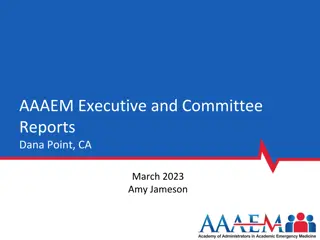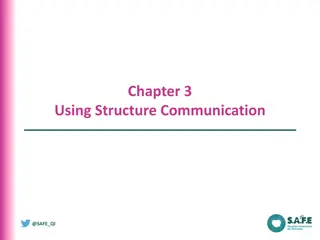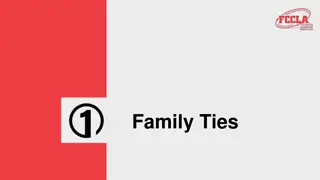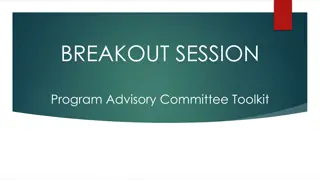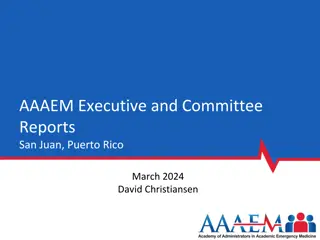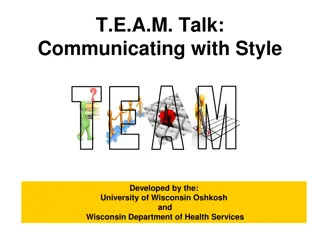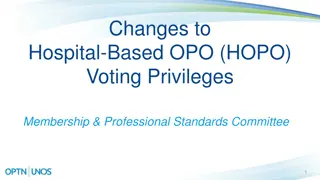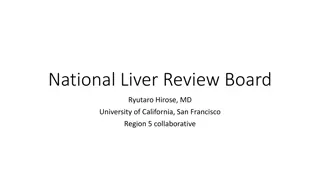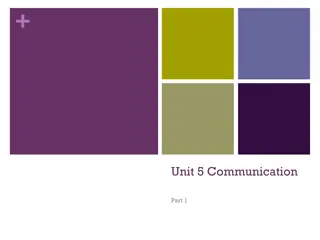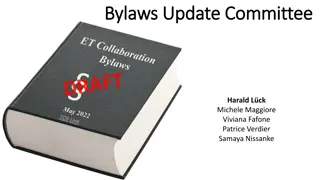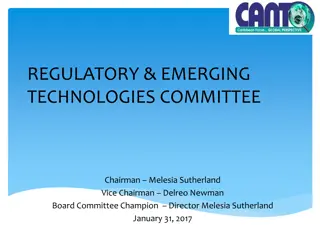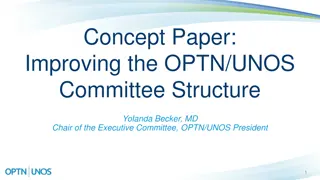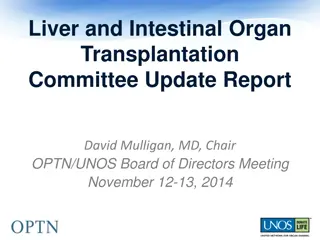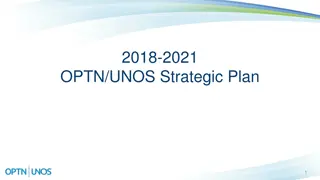Improving the OPTN/UNOS Committee Structure through Enhanced Communication and Engagement
Proposal to restructure OPTN committees, including feedback themes, a constituent council proof of concept, and goals to empower constituent voices in policy development.
Uploaded on Feb 24, 2025 | 0 Views
Download Presentation

Please find below an Image/Link to download the presentation.
The content on the website is provided AS IS for your information and personal use only. It may not be sold, licensed, or shared on other websites without obtaining consent from the author.If you encounter any issues during the download, it is possible that the publisher has removed the file from their server.
You are allowed to download the files provided on this website for personal or commercial use, subject to the condition that they are used lawfully. All files are the property of their respective owners.
The content on the website is provided AS IS for your information and personal use only. It may not be sold, licensed, or shared on other websites without obtaining consent from the author.
E N D
Presentation Transcript
Improving the OPTN/UNOS Committee Structure through Enhanced Communication and Engagement Fall 2018 1
Improving the OPTN/UNOS Committee Structure Concept Paper Shared during Spring 2018 public comment Proposed Bylaw changes to remove prescription of specific committees Proposed restructuring current OPTN Committees into two groups: Subject-matter Committees Expert Councils Proposed expert councils would not have: Regional representatives Ability to sponsor public comment proposals 2
Major Themes from Public Comment Overall support for the overarching goals Agreement that concept may increase broader participation Concerns over perceived loss of constituent voice in the policy development process Constituent committees want ability to sponsor projects Communities of practice approach = reduced stature In-person meetings are important 3
Constituent Council Proof of Concept Path forward: testing modified version of proposed structure Piloted with 2 committees: Transplant Coordinators and Patient Affairs Proof of Concept will focus on two of the four problems originally identified: Insufficient diversity in perspectives Insufficient connections between the Board and Committees 1. 2. Timeframe: July 1-Dec 30 4
Constituent Council Proof of Concept -Status Patient Affairs Committee Patient Affairs Constituent Council 50 members Transplant Coordinators Committee Clinical Transplant Coordinators Constituent Council 24 members 5
This proof of concept will Look for ways to facilitate real- timecommunication and collaboration between Committees and Board Charge: Determine how to empower the constituent voice and improve intra- Committee communication Attempt to amplify and bolster constituency voices throughout the policy development process 6
This proof of concept will NOT Change the bylaws Change PAC s or TCC s ability to propose or sponsor projects Interfere with existing Committee work 7
Next Steps The PAC/TCC will provide: Updates during regional meetings Feedback via surveys, debriefs and Basecamp discussions Outcomes analysis to the Executive Committee and Board of Directors The Executive Committee/BOD will decide next steps, which might include: Another iteration of pilot (PDSA) Public comment (if Bylaw changes) 8
Extra Slides 10
What is the problem and what are our goals? Current committee structure is one-size fits all On average, committees have 18 members, composed of: Chair & Vice-Chair 11 regional representatives 4-5 At-Large members, including (transplant hospitals, OPOs, transplant coordinators, and a tx recipient, living donor, or donor family member 11
Example of Current Constraints Patient Affairs Committee Stated Mission: to advise the Board of Directors about patient and donor family perspectives on OPTN policies and initiatives that originate in other committees. Current Patient Affairs Committee consists of: 5 Transplant Recipients 3 Recipient Family Member 1 Donor Family Member [Other committee members consist of OPO, living donors, MDs, etc) 12
Proposed Timeline May June July Develop operating plan Begin communications with members Confirm participants Develop cadence of meetings for the fall PoC begins Send survey Set expectations on first call Identify priority projects for PAC & establish communications flow August-October November December Pilot through fall Public comment Report on progress at Regional Meetings Mid-point survey Closing survey Review pilot & develop report to Board Report to Board of Directors 13
What is Basecamp? Online collaboration platform Allows teams to communicate on items without using email Got 2 minutes? https://basecamp.com/how-it- works 14


